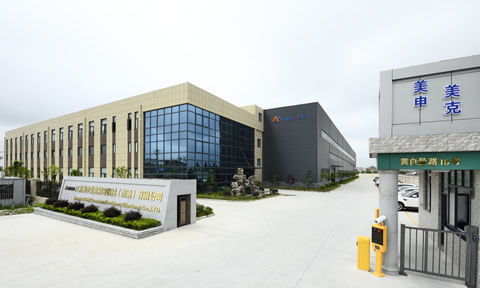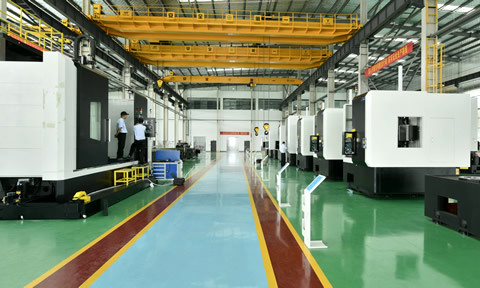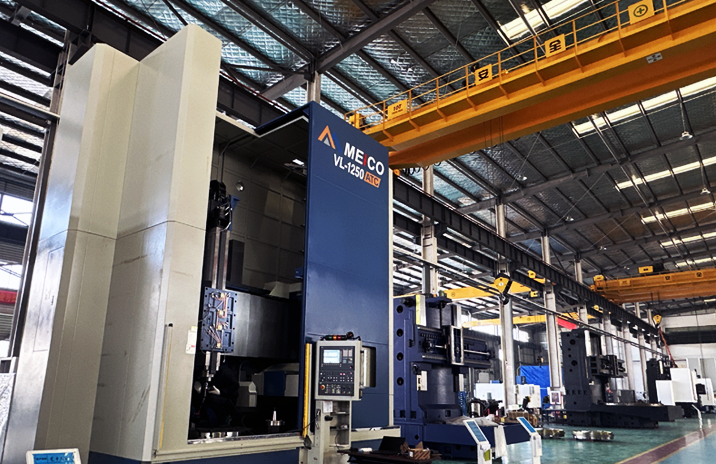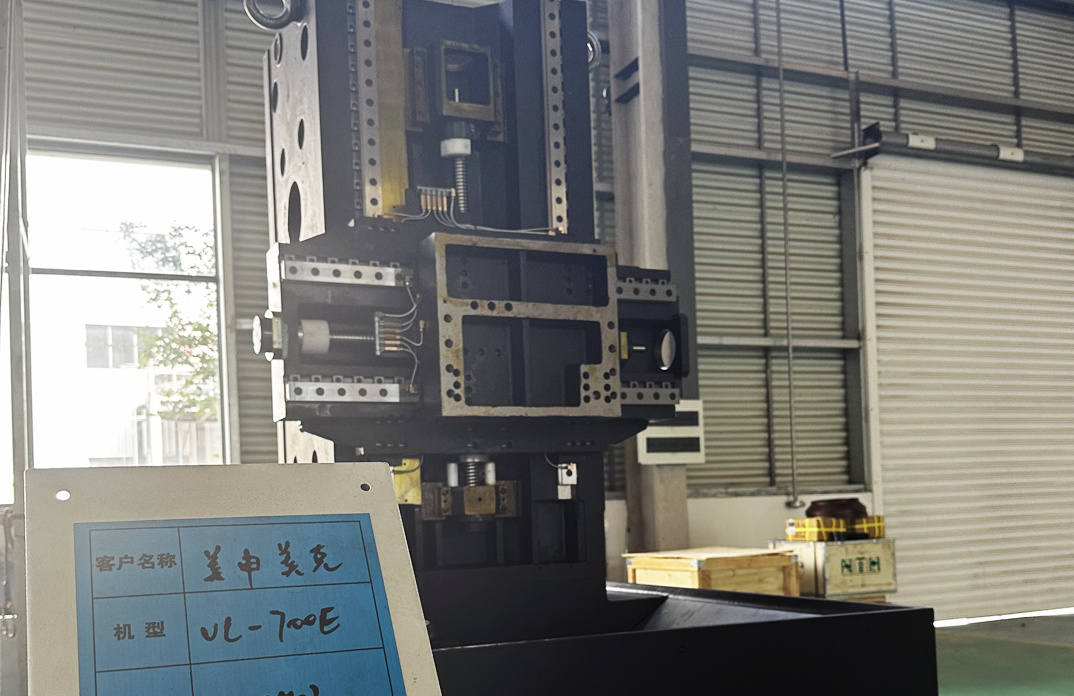Calibration of circular runout on CNC vertical lathe: a key step to ensure workpiece quality
Release time:
2025-02-26
The correction of circular runout on CNC vertical lathes requires comprehensive consideration and processing from multiple aspects. The correction of circular runout in CNC vertical lathes is a complex problem involving multiple aspects, which requires comprehensive consideration and processing from multiple perspectives such as cutting tools, fixtures, lathe components, machining programs, and operating specifications. Through reasonable correction methods and inspection methods, the machining accuracy and quality of the workpiece can be ensured to meet production requirements.
Correcting the circular runout of a CNC vertical lathe is an important step in ensuring the machining accuracy of workpieces. Circular runout, including radial runout and end face runout, refers to the axial and radial runout of the workpiece during the turning process, which can cause the roundness of the machined hole or shaft to not meet the requirements, thereby affecting the quality of the entire production process. The following is a detailed analysis of the correction of circular runout on CNC vertical lathes:
1、 The reason for circular jumping
Tool problem: Unbalanced or severely worn tools can cause uneven cutting force, resulting in circular runout. Incorrect tool installation position can also affect the roundness of the workpiece.
Fixture problem: If the fixture is unbalanced or the clamping force is insufficient, the workpiece will experience circular jumping during the turning process. The wear or damage of the fixture can also affect its stability and clamping force.
Workpiece issues: Loose or unbalanced workpieces during the turning process, as well as quality problems with the workpiece itself (such as uneven material, defects, etc.), can cause circular runout.
Lathe component issues: Wear or damage to the lathe spindle, guide rails, and other components, as well as poor overall balance of the lathe, can affect the machining accuracy of the workpiece and cause circular runout.
2、 Method for correcting circular runout
Check and tighten the lathe components:
Regularly inspect all components of the CNC vertical lathe, especially key components such as the spindle, chuck, and cutting tools, to ensure that they are not loose.
Once loose parts are found, they should be tightened immediately to ensure a tight and reliable connection between each component.
Adjust the tool position and wear condition:
According to the processing requirements, adjust the position of the tool reasonably to ensure tool balance and even cutting force.
Regularly check the wear of the cutting tools, and if severe wear is found, replace them with new ones in a timely manner. (In addition to adjusting tool position and checking wear, choosing the appropriate tool material and geometric shape is also crucial for reducing circular runout. For example, using tools with good rigidity and wear resistance can reduce vibration and wear during cutting.)
Optimize the machining program:
When developing machining programs, fully consider factors such as the material, size, and shape of the workpiece, and set cutting parameters and machining paths reasonably.
Avoid sudden changes in rotational speed and feed rate during the machining process to reduce the occurrence of external circular runout.
Adjust the fixture:
Ensure that the fixture is balanced and the clamping force is appropriate to avoid circular jumping of the workpiece during the turning process. The design of fixtures has a significant impact on the stability and machining accuracy of workpieces. A reasonable fixture design should ensure that the workpiece does not loosen or deform during the machining process, while providing sufficient clamping force to resist cutting forces
If the fixture is found to be unbalanced or loose, it should be adjusted in a timely manner.
Balance lathe:
If the lathe is unbalanced, the method of adding or reducing certain parts can be used to bring the entire lathe to a balanced state.
This helps to reduce the vibration and circular jumping phenomenon of the lathe during the machining process.
Improve the feeding system:
The feeding system is a key factor affecting the stability of the lathe.
A more stable feeding system can be used to reduce the vibration and circular jumping phenomenon of the lathe on the workpiece.
3、 Testing method for circular jumping
Visual inspection: Observe the appearance of the workpiece and check for roundness deviation or radius runout on the outer surface.
Measuring the diameter of the workpiece: Measuring the diameter of the workpiece at different positions, if there is a significant difference, it indicates the presence of circular jumping.
Measuring the circumference of the workpiece: Measuring the circumference of the workpiece, if the circumference deviation is large, it indicates the existence of roundness deviation.
In addition, circular runout can also be verified on a deflectometer. Install the workpiece between the two DJs of the deflectometer, use a dial gauge or micrometer to measure the outer circular surface or end face of the workpiece radially or axially, rotate the workpiece once, and record the difference between the maximum and minimum readings on the gauge, which is the radial circular runout error or end face circular runout error.
4、 Precautions
When correcting circular runout, ensure that the lathe is in a stopped state and cut off the power to ensure safe operation.
Suitable tools and instruments should be used during the calibration process to avoid damage to the lathe and workpiece.
After calibration, a trial cutting inspection should be conducted to ensure that the calibration effect meets the processing requirements.
The correction of circular runout on CNC vertical lathes requires comprehensive consideration and processing from multiple aspects. The correction of circular runout in CNC vertical lathes is a complex problem involving multiple aspects, which requires comprehensive consideration and processing from multiple perspectives such as cutting tools, fixtures, lathe components, machining programs, and operating specifications. Through reasonable correction methods and inspection methods, the machining accuracy and quality of the workpiece can be ensured to meet production requirements.
More information

E-mail:meishenmeike@163.com
Zip Code: 215300
Add: No.18,Huangziliang Rd,Qutang Town, Hai'an City,Jiangsu
MEICO

Follow us










